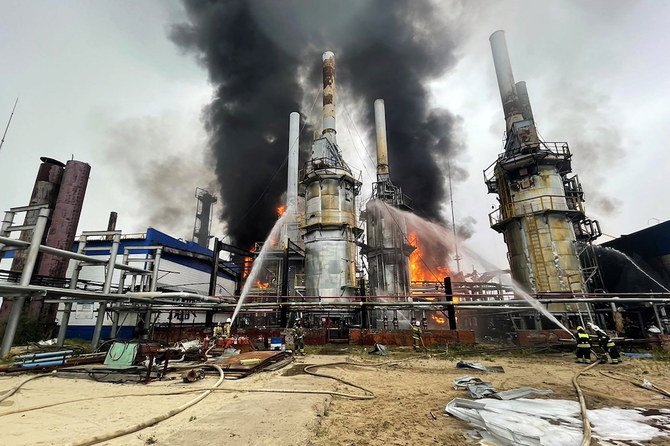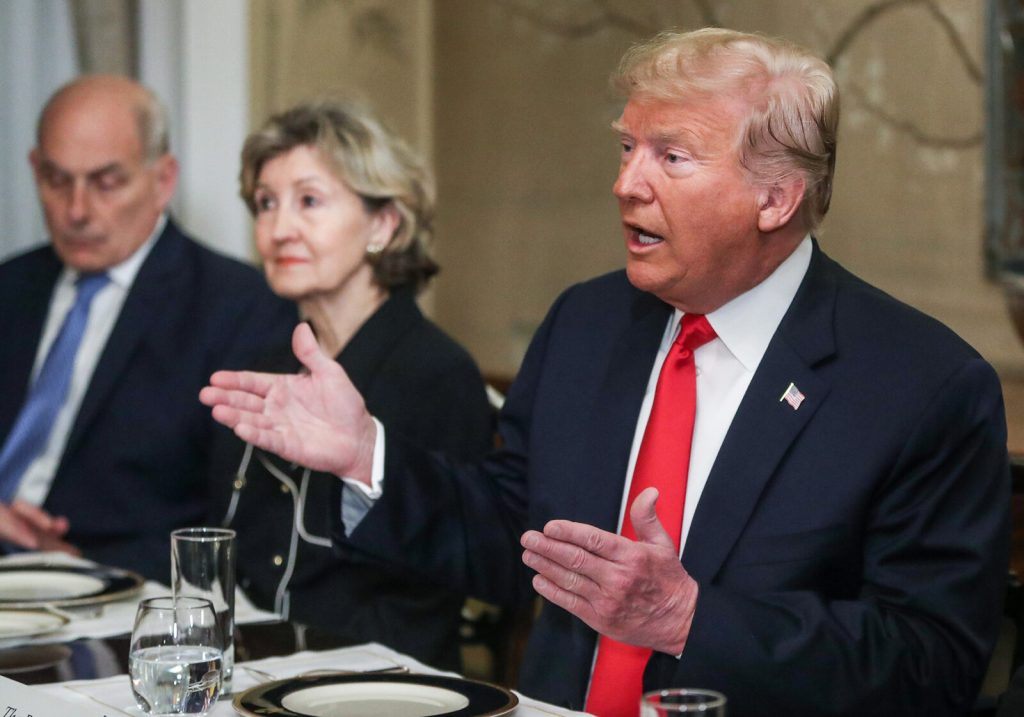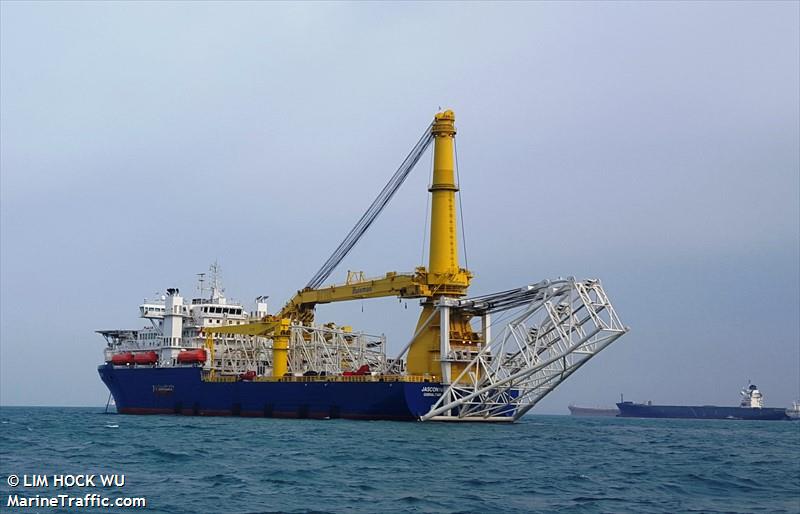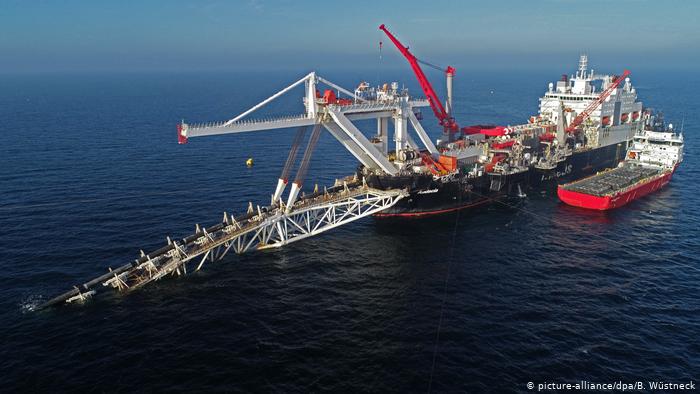The Kremlin has thrown an energy squeeze on Europe to make Nord Stream-2 pipeline operational as early as possible. On August 8, gas supplies by Yamal-Europe pipeline were cut, falling by another 3 percent, from 1.5 million cubic meters per hour to 1.4 million. The reason for the cut was the explosion on August 5 at the facility near Novy Urengoy that prepared gas liquid for shipment. As a result, the pumping fell by 16 million cubic meters per day. The ICE Futures exchange has seen spot next TTF gas hub contract futures shoot up to $ 543 per thousand cubic meters. Trading closed at $ 525, the day before.
Gazprom has set to make active use of gas storage facilities in Europe to fulfill the contracts, Gas Infrastructure Europe claims. In that way, Moscow has unsheathed claws in manipulating the EU gas market, staging artificial gas shortage, and reducing reserves in storage facilities.
That situation will trigger a decline in company’s output by 8 billion cubic meters of gas and 5 million tons of gas liquid in 2021.
The accident at the facility coincided with a record gas price hike in Europe. We suspect, therefore, that Russia is purposefully designing conditions for gas shortage to push the Nord Stream-2 launch. That is confirmed by the fact that Russian company has refused to book additional facilities by Ukraine’s gas transportation system, even as it plans to shut down its own pipelines. GSA Platform indicates that Gazprom also did not book additional Yamal-Europe gas pipeline facilities to transit through Poland for the next four quarters.
Having examined the case and its outcome, we strongly believe the accident at the facility might have been a staged effort to test the market response, the ways for Russia to force it, and map out further steps to get European gas market under control.
Major gas facilities in Russia have seen 7 accidents, as of the beginning of 2021.
Russia, in the mid-run, is likely to stage operations to send a message that gas pipelines running through the territory of Ukraine and Poland are instable. The end goal of that is to establish gas supplies monopoly, so that Europe would get it only by gas pipelines at the bottom of the Baltic Sea. That will give Russia the opportunity to have sway over industrial output in the EU and hit the energy market. Moscow is likely to be eager to switch Europe to gas from the Arctic fields using the Nord Stream and Nord Stream-2, with Western Siberia output mothballed, and transit gas pipelines through Ukraine, Belarus and Poland gradually closed. Russia will boost pressure on these countries in such a way.
If we take into account the Kremlin’s ability to cut oil and gas supplies by sea and shut down offshore FPU platforms near Norway and in the North Sea, there are risks for the European economy to fall down, with Russia also becoming immune to oil and gas export restrictions.
President Joe Biden of the U.S. has appointed his former close adviser and former State Department special envoy for international energy affairs Amos Hochstein as the one to deal with Nord Stream-2 pipeline.
Hochstein’s appointment, as he previously has been a leading voice against Nord Stream-2, means he will set to mold astrategy for the United States that would work really well. But the case of Russian gas supplies to Europe raises doubts whether there is time to make things better and play the odds.








